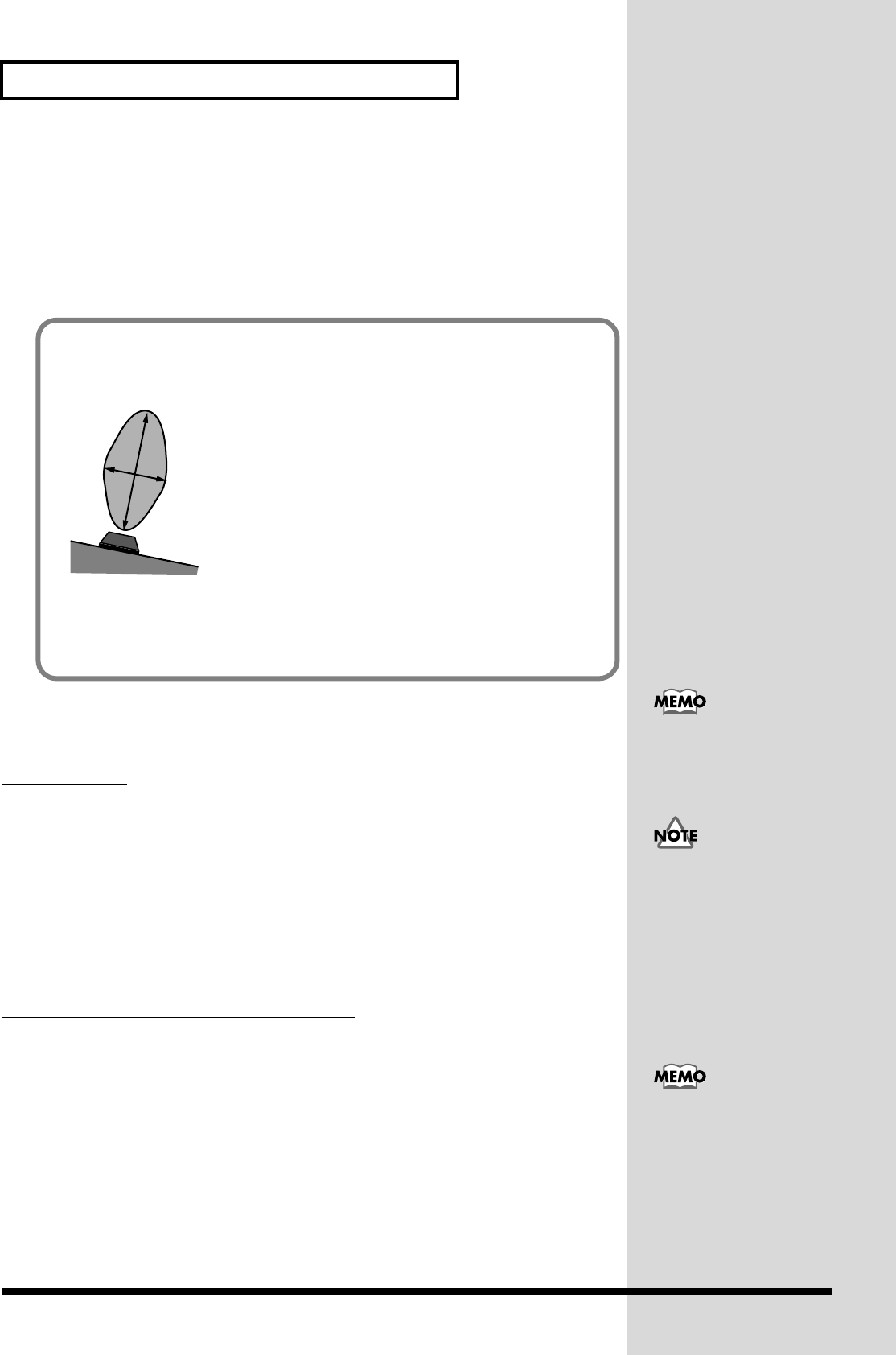
32
Applying various effects to the sound
2.
While playing the keyboard to produce sound, place your hand over the D
Beam, and slowly move it up and down.
An effect will be applied to the sound, depending on the function that is assigned to
the D Beam controller.
3.
To turn off the D Beam controller, press the button once again to turn it off.
■
Effects that can be used with the D Beam controller
SOLO SYNTH
This lets you generate passages that sound as if you are playing the keyboard
rapidly. For example, if you hold down the four notes C, D, E, and G with your right
hand and move your left hand over the D Beam, a phrase such as “C D E G C D E G
...” will be repeated.
For example, you can use the D Beam to play a synth solo on a synth-lead type
sound, and hold chords using a long, sustaining sound to create the impression of
harp playing.
The chord memory function also provides a chord set that contain notes of a specific
scale and is designed for use with this function (16. Scale Set).
ACTIVE EXPRESS (Active Expression)
You can use the D Beam to add expression to your playing by varying the volume
(Expression). If you set Active Expression Switch (p. 46) to “ON” for a patch whose
[KEY MODE] is set to “DUAL” (p. 44), this function will control the balance of the
two tones (
Active Expression
). When you use active expression, only the upper
tone will be heard at softer volumes; the lower tone will be added as the volume
increases.
* After you have used the D Beam to control expression the volume will be at 0, so no sound
will be heard when you play the keyboard. To return to the normal state in which the sound
can be heard, either press [ACTIVE EXPRESS] and turn off its illumination, or switch
patches.
The usable range of the D Beam controller
The following diagram shows the usable range of the D Beam controller. Waving
your hand outside this range will produce no effect.
fig.q05-14
Either [SOLO SYNTH], [ACTIVE EXPRESS], or
[ASSIGNABLE] will blink while the D Beam controller is
responding. When your hand leaves the usable range of the D
Beam controller, the button will stop blinking, and will
remain lit.
* The sensitivity of the D Beam controller will change depending
on the amount of light in the vicinity of the unit. If it does not
function as you expect, adjust the sensitivity as appropriate for
the brightness of your location (p. 34). Also, the usable range of
the D Beam controller will become extremely small when used
under strong direct sunlight. Please be aware of this when using
the D Beam controller outside.
The explanations of each
type in this manual are for
when the D Beam Polarity
is set to “NORMAL” (p. 34).
With [SOLO SYNTH]
switched on, pressing the
keyboard alone will not
result in the production of
sound. You need to move
your hand over the D Beam
while you hold down keys.
Preset patches named
“AEx...” already have their
active expression switch
ON and their key mode set
to Dual.
JUNO-D_e.book 32 ページ 2004年6月11日 金曜日 午後1時21分


















